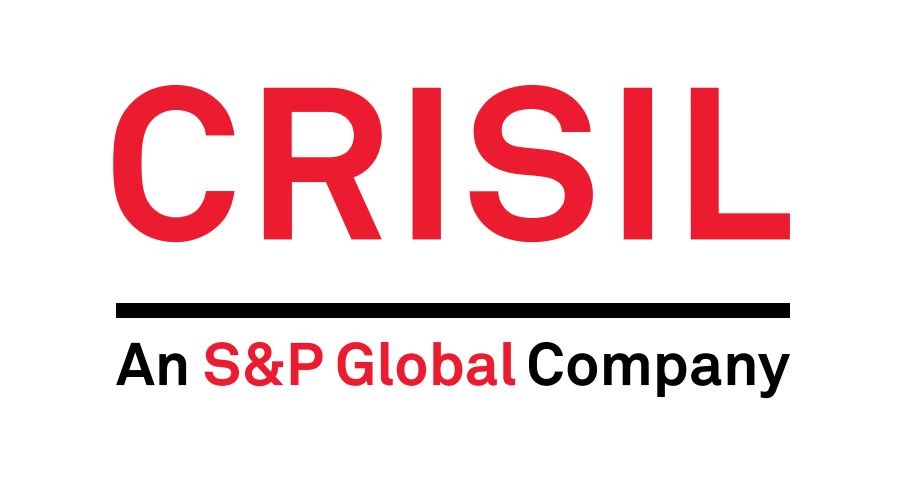 Jaro Education Renews Exclusive Partnership with Symbiosis International Deemed University
Jaro Education Renews Exclusive Partnership with Symbiosis International Deemed University Davin Sons Retail Ltd enters into rent agreement for warehouse
Davin Sons Retail Ltd enters into rent agreement for warehouse Bandhan Bank Ltd concludes sale of NPAs and written-off Portfolios to ARCs
Bandhan Bank Ltd concludes sale of NPAs and written-off Portfolios to ARCs Cupid Ltd to set up FMCG Manufacturing Facility in Saudi Arabia
Cupid Ltd to set up FMCG Manufacturing Facility in Saudi Arabia Astal Laboratories Ltd signs LOI with Immuna Therapeutics GmbH
Astal Laboratories Ltd signs LOI with Immuna Therapeutics GmbH
Stock Report
Crisil Ratings : In nine years, IBC helps resolve over Rs 26 lakh crore of debt - Directly or indirectly
Posted On : 2025-07-24 20:37:42( TIMEZONE : IST )

Amendments target enhanced efficiency; however, stretched timelines continue to be a worry
The introduction of the Insolvency and Bankruptcy Code (IBC) nine years ago has enabled the direct resolution of ~Rs 12 lakh crore1 of debt for ~1,200 cases of stressed borrowers. More importantly, it has also created significant deterrence amongst borrowers leading to the settlement of ~30,000 cases with ~Rs 14 lakh crore of debt even before applications made to the National Company Law Tribunal (NCLT) were admitted. While IBC has been periodically amended to further enhance its efficiency, stretched timelines and limited success in implementation for certain sectors may need some more interventions.
The primary change in debt resolution approach that IBC brought in has been the shift from a debtor-in-control model to a creditor-in-control framework, which distinguishes it from other debt resolution mechanisms existing prior to it such as the Debt Recovery Tribunal (DRT), Lok Adalat and Securitisation and Reconstruction of Financial Assets and Enforcement of Security Interest Act (SARFAESI).
This has meant that since 2016, of the total resolved debt of ~Rs 48 lakh crore across different debt resolution mechanisms, the average recovery rate under the IBC has been the highest at 30-35%, versus ~22% for SARFAESI, ~7% for DRT and ~3% for Lok Adalat.
Other reasons for the relative success of the IBC compared to other debt resolution mechanisms include the flexibility accorded to creditors to change the managements of viable assets on a going-concern basis - and to right-size debt. These, coupled with the improved economic environment over past three fiscals, have boosted investor interest, especially in the infrastructure and manufacturing sectors.
The IBC also enabled the resolution of numerous small-to-mid sized2 distressed assets in recent years. This is exemplified by the fact that while the past three fiscals accounted for ~60% of all resolution approvals since the IBC's introduction, it represented only 40% of the total debt. Higher number of eligible investors which qualify to participate in bids will keep the demand for these small-to-mid sized distressed assets intact.
Says Mohit Makhija, Senior Director, Crisil Ratings, "One-fourth of the total debt resolved since 2016 has been through the IBC, which has achieved the highest recovery rate among the various debt resolution mechanisms seen till date and contributed ~50% to total recovery. Aided by its deterrence effect, IBC will remain the preferred route for debt resolution in the days ahead as well. The improved economic viability of infrastructure and manufacturing assets makes them lucrative for investors to acquire and turn around under the IBC. Further, small- to mid-sized assets, which form ~85% of the IBC's unresolved pipeline, are likely to attract investors with varied risk appetites."
That said, the key challenge faced in debt resolutions under IBC has been the high backlog of cases at the NCLT, which in turn has been primarily due to procedural delays at various stages and cross-litigation among stakeholders which have stretched the debt resolution timelines beyond what was earlier envisaged (713 days as of last fiscal vs the regulatory prescribed 330 days).
To address this, the Insolvency and Bankruptcy Board of India (IBBI) has increased the bench strength of NCLT, allowed routine submissions by resolution professionals online, and enabled part-wise resolution of corporate debt.
The IBBI has also identified areas of improvement in the IBC process for the real estate and the micro, small and medium enterprise (MSME) sectors. The real estate sector faces complexities such as cross-collateralisation and land authority issues, while MSMEs lack clear categorisation and stakeholder efforts to revive the sector through what is known as the "pre-pack"3 framework are yet to gain much traction.
Following multiple discussion papers and consultations with expert committees, the IBBI has introduced sector-specific amendments, streamlining the process with the objective to improve timelines and recovery potential.
Says Tanvi Fifadra, Associate Director, Crisil Ratings, "Increasing the NCLT bench strength by 15 judicial members will help reduce the backlog of ~7,000 cases pending with the tribunal as of last fiscal. Furthermore, recent amendments targeting the real estate sector may expedite the resolution of ~200 cases, with total admitted claims of ~Rs 70,000 crore, which have been pending for an average of ~2.5 years. However, the slow progress on MSME debt resolution, with only eight cases resolved through pre-pack, remains a concern for stakeholders."
While the IBC has become the primary legal framework for debt resolution in India, the effectiveness of the recent amendments in achieving its objective of time-bound resolution will bear watching.
